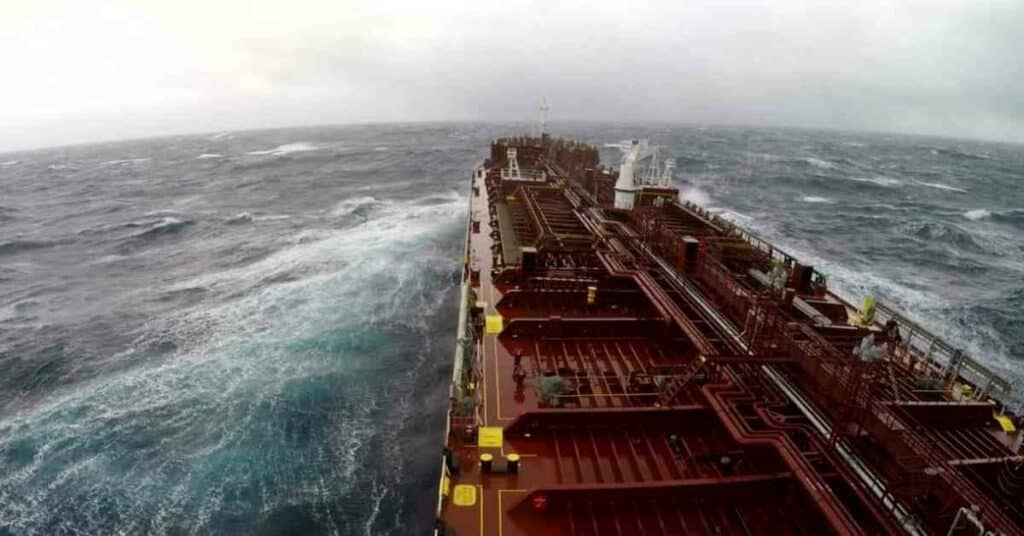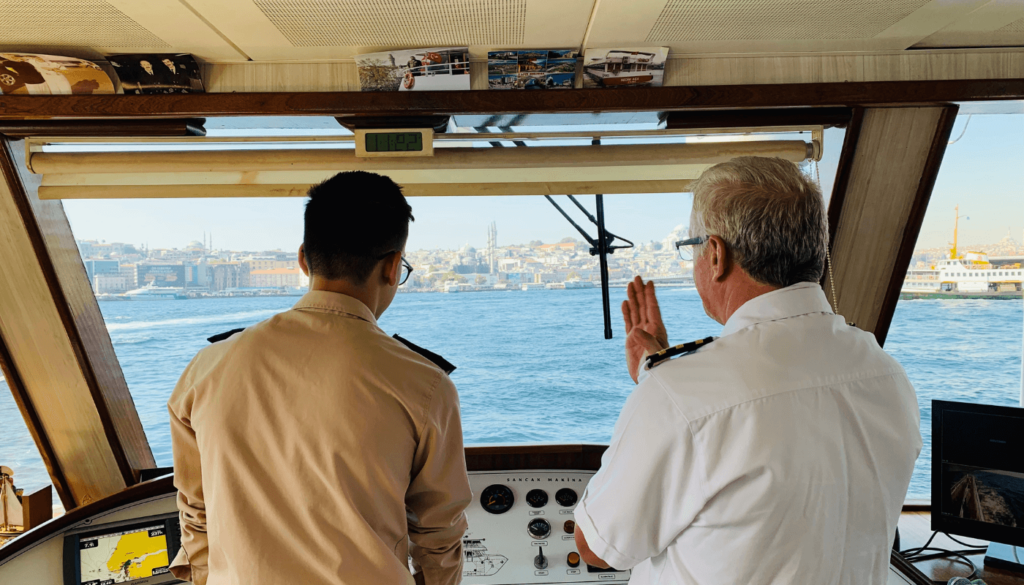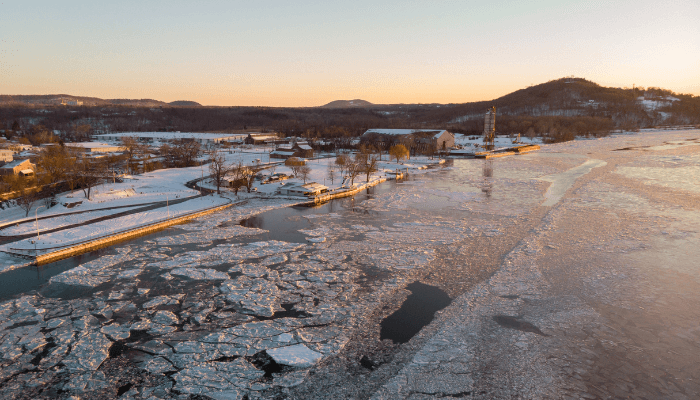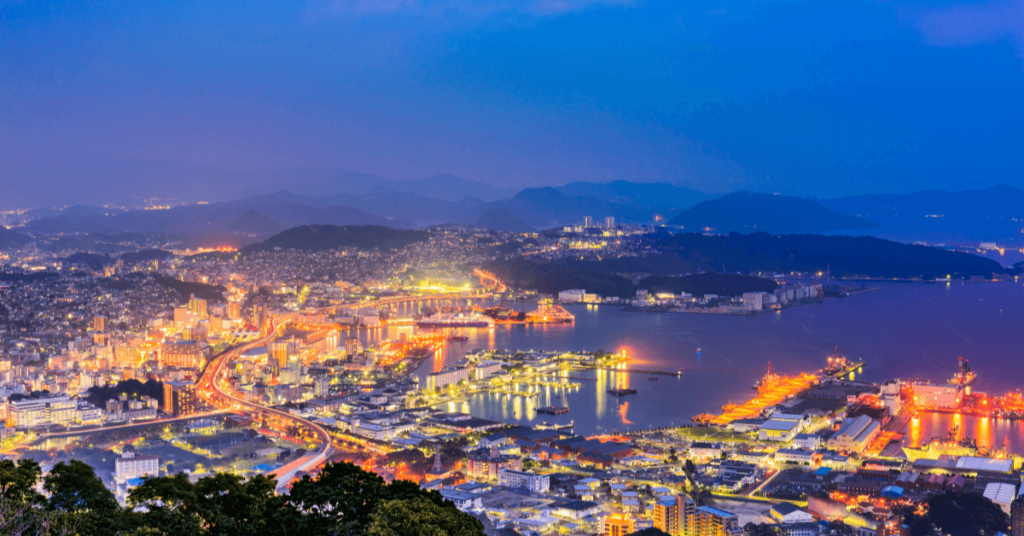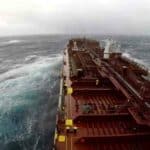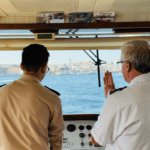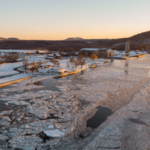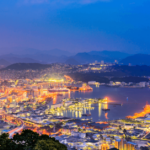7 Major Ports In Bosnia And Herzegovina
Bosnia and Herzegovina is a country in Southeastern Europe bordered by Serbia, Croatia and Montenegro. While the country might appear landlocked, it has a narrow coast on the Adriatic Sea, around 20 kilometres or 12 miles long, surrounding the small seaside town of Neum.
Bosnia is the inner region of the country, while Herzegovina is the southern part. The country is known to be one of the most geographically diverse, with gold sand beaches, deep forests and mountains. Its capital is Saravejo, which is also the largest city.
Bosnia and Herzegovina gained independence from socialist Yugoslavia on 1st March 1992. Though it faced several financial issues owing to its involvement in many wars and conflicts, the country is a transitional, upper-middle-income economy. Major trading partners of Bosnia and Herzegovina are Italy, Turkey, Germany, Austria and other neighbouring Balkan nations.
It is driven by industry and agriculture, followed by tourism and services, although the share of the tourism sector in the GDP has risen in recent years. Per the World Tourism Organisation, Bosnia and Herzegovina experienced the 3rd highest growth rate in tourism from 1995-2020.
Bosnia and Herzegovina does not have expansive seaports and depends on the neighbouring port of Ploce in Croatia for conducting maritime trade with the world. Ploce is connected to the country through railways.
Although the country has a short and narrow coastline, it is not devoid of ports. It has the Adriatic seaport of Neum and other inland river ports, like Brcko, along the Sava and Drina rivers that handle small trade volumes.
Mediterranean Fuels, a supplier of marine fuels and lubricants to the maritime industry in the Mediterranean, has built hubs in the ports of Neum and Brcko. Products are delivered through barges and trucks from brands like Shell and ExxonMobil and also independent players in the oil sector.
Bosnia and Herzegovina exports machinery, transport equipment, steel, iron ore, lead, zinc, aluminium, mineral fuels, chemical products etc. Another significant export commodity is wood.
Let’s learn about the ports of Bosnia and Herzegovina in this article.
Port of Neum
Neum is a small coastal town in Bosnia and Herzegovina and the nation’s only access to the Adriatic Sea, making it the only seaport of the country. It does not serve as a full-fledged freight port but rather a tender port. Cruise ships anchor at sea and take people to the shore using tender boats.
Although there are plans to transform Neum into a full-fledged cargo handling facility, with direct road and rail connections to Croatia, this proposition is unacceptable to the locals who wish to protect the Bay of Mali Ston, of which the Bay of Neum is a part. Natural beauty and ecotourism is a major contributor to the economy and provides livelihood to several people in this tiny town of 3000.

It is strategically located just 60 km from Dubrovnik, the most visited place in Croatia and its biggest cruise port.
Neum has many hills, sandy beaches, hotels, villas and heritage properties. Coastal Neum sees thousands of tourists yearly, given that prices are usually lower here than in Croatia, making it a favourite destination for shoppers. The interior parts of the town showcase rich history and are home to centuries-old olive groves.
Port of Brcko
Brcko is a city in Bosnia and Herzegovina on the banks of River Sava across from Croatia. It is also home to the biggest river port in the country, the Port of Brcko.
Brcko Port was constructed in 1913 and was refurbished from 1952 to 1962, almost a decade. It was embroiled in wars and conflicts till the 1990s. However, today, it has returned to being a key transhipment point along the Sava River.

The River Transport and Docking Company was founded in 1953 after the port began to handle considerable maritime traffic. It underwent several organisational changes and has functioned as an independent organisational unit since 1973.
It was rebuilt in 2001 after the war, and since 2004, it began operations under the name of the Public Company ‘Luka Brcko’. It was given an international status in 2006.
In June 2021, a reconstruction project started at the Brcko Port. Port equipment was in a dilapidated condition, with port cranes being over 50 years old. Hence, the WBIF project ‘Reconstruction and Modernisation of the River Port of Brcko Phase 1’, which started in 2021, began with constructing a port plateau.
The next step is to acquire a port crane with a capacity of 16 tonnes to handle at least 150-200 tonnes of goods every hour.
The €10 million project is financed by a €3 million grant from the European Union and a €7 million loan from the European Bank for Reconstruction and Development.
Bosanska Gradiska Port
Port of Bosanka Gradiska lies on the River Sava in the northern part of the country, close to the Croatian border. It is an important hub for transporting essential goods and commodities to the nearby settlements.

Lying in the city of Gradiska, this was an important town in the Roman Period, and a Roman Fleet was also stationed there, per archaeologist discoveries. It was mentioned as a town for the first time in c.1330 and grew in importance since it was the place where the Sava River was crossed.
By 1537, this river town and its nearby areas came under the ambit of the Ottomans, who built a fortress, after which the town was called Berbir.
Port of Bijeljina
The port of Bijeljina lies on the Sava River in the northeastern part of the country, near Bijeljina.
Bijeljina is a city in Bosnia and Herzegovina and the provincial center of Semberija, a region in the nation’s northeast. It is bounded by the Sava and Drina Rivers, stretching over the majestic Majevica mountains.

Semberija area is flat with fertile land perfect for farming. Hence, Bijeljina is a major hub for food production and trade, especially of wheat and vegetables.
The city is one of the most dynamic in the country, serving as an educational, cultural, economic and sports centre.
Its main sectors are agriculture, food, wood processing, metal making etc. Natural resources include geothermal water, kaolin clay and fertile soil.
The city has been certified as a Business Friendly Municipality, making it an attractive investment location with duty-free access to urban areas across the region and a market comprising five million people.
Visegrad Port
Visegrad port lies on the River Drina in Bosnia and Herzegovina, close to Visegrad town, situated in eastern Republika Srpska at the confluence of Drina and Rzav rivers.

It is a tourist spot famous for the UNESCO World Heritage Site, the Ottoman Period’s Mehmed Paša Sokolović Bridge, described in the novel ‘The Bridge On The Drina’ by Ivo Andric.
Port of Samac

Samac Port was initially designed to handle a million tonnes of cargo per year. Still, it could never function at its maximum capacity, like the other ports in Bosnia and Herzegovina. The main items dealt here included bulk cargo, steel and semi-finished goods, with its major clients being Energoinvest and Zenica Iron & Steel Works. The port had good connections with the hinterland both via roadways and railways.
Port of Bosanki Brod
Bosanki Brod lies on the Sava River and is a river barge terminal serving the nearby oil refinery. The municipality of Brod was chosen to construct the refinery due to its strategic location. The refinery can utilise the inland waterway to import crude oil and export its final products, including gasoline, diesel, bitumen, LPG, fuel oil and sulphur, to neighbouring regions.

The refinery has access to the Sava River, navigable from Sisak town to its confluence in the Danube leading to the Black Sea and also access to the railway, which connects it to the European nations. At the same time, the gauge railway links it to the rest of Bosnia.
Earlier, the refinery used to handle somewhere between 300,000 to 400,000 tonnes per year of crude oil, which was delivered to the refining facility by employing tank trucks and tank wagons, and also inland vessels crossing the River Sava from Croatia’s Slavonski Brod.
The refinery underwent repairs and upgrades in 2008, which increased its capacity. The refinery can now handle 1.2 million tonnes of petroleum per year.
Conclusion
Bosnia and Herzegovina is a socially, politically, economically and culturally diverse country. It has a complex history, with the earliest evidence of human settlement dating back to the Paleolithic, although permanent human settlements were established in the Neolithic period.
The country was embroiled in many wars and conflicts throughout history and faced many challenges. With agriculture, industry and tourism as its leading sectors, Bosnia and Herzegovina saved its economy and made significant improvements. It is a developing nation ranking 74th on the Human Development Index.
Bosnia and Herzegovina has a transport system comprising its railways and inland ports. The country depends on the nearby port of Ploce to conduct most of its international maritime trade. However, though it is nearly landlocked, except for a small coastline along the Adriatic Sea, its small river ports play an important role in the internal transportation of goods and people.
You might also like to read-
- 10 Major Ports On The Great Lakes
- 10 Biggest River Ports In The World
- What Ships Sailed With The Mayflower?
- 10 Largest Natural Ports
- 10 Major Ports In Canada
Disclaimer :
The information contained in this website is for general information purposes only. While we endeavour to keep the information up to date and correct, we make no representations or warranties of any kind, express or implied, about the completeness, accuracy, reliability, suitability or availability with respect to the website or the information, products, services, or related graphics contained on the website for any purpose. Any reliance you place on such information is therefore strictly at your own risk.
In no event will we be liable for any loss or damage including without limitation, indirect or consequential loss or damage, or any loss or damage whatsoever arising from loss of data or profits arising out of, or in connection with, the use of this website.
Do you have info to share with us ? Suggest a correction
Disclaimer :
The information contained in this website is for general information purposes only. While we endeavour to keep the information up to date and correct, we make no representations or warranties of any kind, express or implied, about the completeness, accuracy, reliability, suitability or availability with respect to the website or the information, products, services, or related graphics contained on the website for any purpose. Any reliance you place on such information is therefore strictly at your own risk.
In no event will we be liable for any loss or damage including without limitation, indirect or consequential loss or damage, or any loss or damage whatsoever arising from loss of data or profits arising out of, or in connection with, the use of this website.

About Author
Zahra is an alumna of Miranda House, University of Delhi. She is an avid writer, possessing immaculate research and editing skills. Author of several academic papers, she has also worked as a freelance writer, producing many technical, creative and marketing pieces. A true aesthete at heart, she loves books a little more than anything else.
Latest Maritime Knowledge Articles You Would Like:
Daily Maritime News, Straight To Your Inbox
Sign Up To Get Daily Newsletters
Join over 60k+ people who read our daily newsletters
By subscribing, you agree to our Privacy Policy and may receive occasional deal communications; you can unsubscribe anytime.



